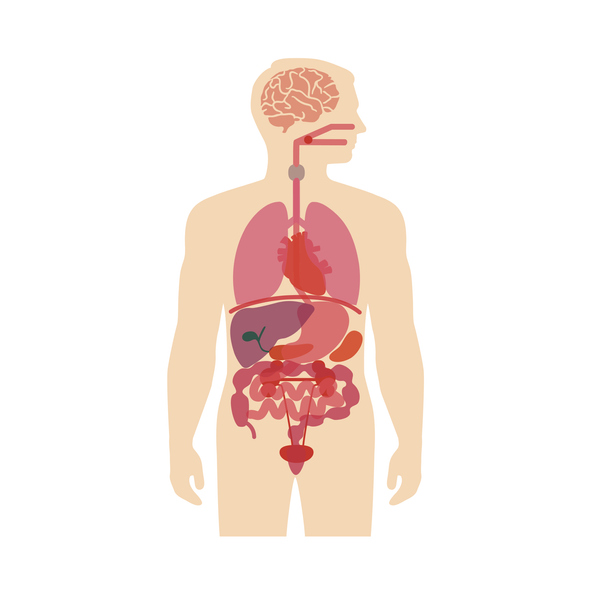The idea of differentiating biological ageDifferent from chronological age. It is a measure of the body's ageing, based on the effectiveness of the mechanisms that keep cells young and on markers of the functionality of organs and apparatus. from one’s date of birth, and thus the identification of a “universal” biological clock, is due to Steve Horvath, a biogerontologist and biostatistician whose research has made it possible to define a method for assessing the aging process of the entire organism regardless of the documented date of birth. Horvath’s biological clock, called GrimAGE, requires a simple blood draw and has been validated on more than 13,000 subjects. The results have been published in prestigious journals. Note that GrimAGE provides not only data on a person’s biological age but also indications of which of the person’s systems/organs are aging the most. Thanks to the SoLongevity research team and its international collaborations, GrimAGE will soon be available in Italy at an affordable cost and will allow us to take a big step forward in the accuracy of our assessments of a person’s health status.
Meanwhile, as is often the case in this branch of biomedical science, another group of researchers, led by Tony Wyss-Coray of Stanford University (United States), published a study in Nature which involved more than 5,000 participants, followed over a period of 15 years. Wyss-Coray and colleagues made use of an alternative technology to that employed by Horvath, called “metabolomics” to estimate the biological age of each individual organ, tissue or system in an organism. In the future, this technology could prove useful in predicting the development of specific dysfunctions even before related symptoms occur.
Thanks to the SoLongevity research team and its international collaborations, GrimAGE will soon be available in Italy at an affordable cost and will allow us to take a big step forward in the accuracy of our assessments of a person’s health status.
A metabolomic clock for every organ
The authors analyzed the blood levels of about 5,000 proteins in 5,676 adults. They then analyzed their expression organ by organ: those found to be at least 4 times higher in one organ than in the others were classified as organ enriched. This made it possible to trace the genes most relevant to specific organs, tissues or systems in the body.
A total of 856 proteins were identified organ enriched, whose changes in blood concentrations were used to generate a kind of aging model for 11 different body districts, chosen on the basis of their known involvement in aging-related diseases: adipose tissue, arteries, brain, heart, cells and tissues that make up the immune system, intestines, kidney, liver, lung, muscles, and pancreas.
To obtain the model, the researchers trained and tested a machine-learning algorithm on more than 4 thousand people representative of the U.S. population.
The risks associated with accelerated aging of an organ
Within their sample, early results show that nearly 2 in 10 people over age 50 had at least one organ that was aging faster than average. These individuals were then found to be at increased risk of disease in that particular organ over the next 15 years. In addition, rapid aging of both the brain and cardiovascular system has been found to be correlated with an increased risk of Alzheimer’s disease. And again, the authors found a strong correlation between a high aging tendency of the kidneys and the occurrence of diseases such as hypertension and diabetes.
The new metabolomic clock is still experimental and will be used only in research settings. GrimAge, on the other hand, employs a much more accessible and affordable technology, and has reached a satisfactory level of clinical validation that makes it already usable in precision medicine practice.
The outlook for the future
The technology used by Wyss Corey could therefore represent the future of precision medicine. But its costs are still prohibitive, which is why it will be used only in research settings in the coming years. GrimAge, on the other hand, employs a much more accessible and affordable technology, and has reached a satisfactory level of clinical validation that makes it already usable in precision medicine practice. The science of longevity is in constant motion with new technologies blossoming every day. SoLongevity was founded with a specific mission, that of translational medicine, capable of making the latest innovations coming from the world of biology usable in clinical settings.







